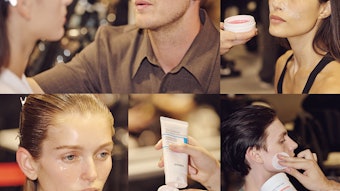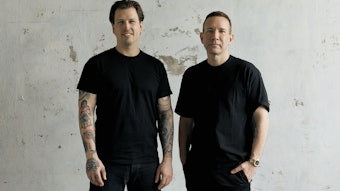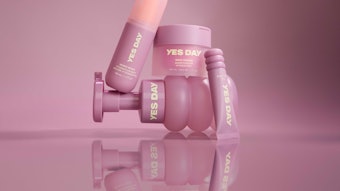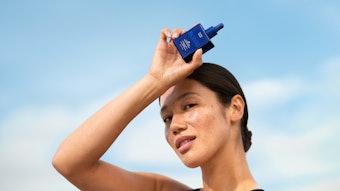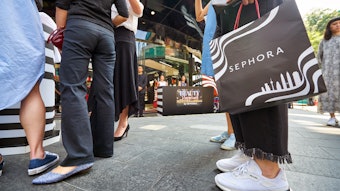Diagonal Reports shared information from its Scientific Skincare Consumer and Market 2014 Report on the how the concepts of scientific skin care and natural skin care don’t have to be mutually exclusive. According to the market research, since 2008, it has been documenting how consumers’ expectations of what a skin care product might, or should, deliver have dramatically changed. As noted previously, new formulations, which mostly originated in the world of pharma, have revolutionized skin care.
According to Diagonal Reports, scientific skin care melds the cosmetic with the medical. It has helped democratize the beauty market, making types of products and treatments that had typically only been achievable for the elite, more affordable and widely available. These innovations blurred sales channel and product formats.
Additionally, Diagonal Reports acknowledges that natural skin care is a crucial part of the scientific skin care market. It finds the distinction between the natural and scientific is unwarranted, saying it is artificially imposed and does not reflect market actualities in any of the regions—the U.S., Europe and Asia—it has researched. The market researcher says scientific skin care draws on "alternative" (also known as “natural”) medical traditions from around the world to develop products and treatments. In alternative medicine, the natural and the scientific are not mutually exclusive concepts. This holds true in Asia, where the best example of the “natural” is Traditional Chinese Medicine. The Chinese skin care market can draw heavily on acupuncture and a wide range of traditional medical practices, according to Diagonal Reports. And the same pattern is repeated in the West where scientific skin care taps into a long-established tradition of complementary and alternative medicine. Consumers in Asia and Europe are familiar with, and open to these product formulations and treatments.
Diagonal Reports share its feeling that this fundamental misunderstanding about market reality and consumer attitudes probably explains why legacy beauty brands have largely ignored the category. They failed to appreciate the sea change in the skin care market, as many are still working “within” categories. But it is the innovations from outside the cosmetic box—mainly new and small brands—that are meeting consumers' requirements for effective skin care.
Diagonal Reports’ recent research shows the scientific skin care category continues to grow, and it quantifies the scientific skin care market in terms of market value and of numbers of consumers. It also offers an explanation where the market has come from and indicates its future directions.


